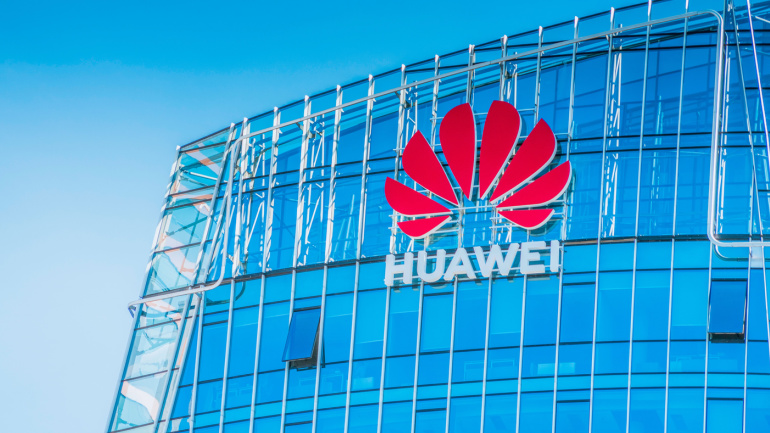The EU’s first annual State of the Digital Decade report highlights an urgent call to action for increased investment to meet its 2030 technology targets. The report underlines the significance of collective efforts by member states to successfully navigate the prevalent digital transformation. The document illuminates areas such as 5G deployment, which has been slower than expected, and inadequate fiber network coverage, among others. Simultaneously, it draws attention to other essential aspects, like digital sovereignty and the digitalization of businesses, suggesting an additional investment of at least €200 billion may be necessary. Issues such as these could hamper the bloc’s ambition to double its share in the semiconductor sector by 2030.
Vodafone’s collaboration with Salience Labs and iPronics aims to advance open radio access networks (open RAN) by harnessing the potential of silicon photonic chips. This light-based technology could promise enhanced network programmability and ultra-low latency powered by their increased speed and reduced energy consumption — elevating critical 5G capabilities. With silicon photonics making waves in data centers, the industry, poised for rapid growth, radiates intrigue on the horizon. Yet, it also questions current cost dynamics, especially around open RAN technology.
Digital Catapult, the UK’s prominent tech hub, teams up with virtual effects specialist, Target3D in unveiling cutting-edge media production studios, turbocharged by 5G. These prime facilities, set up in London and Gateshead, promise an unrivalled connectivity that enables large-scale, top-notch media production and broad access to elite content creation technology. Outfitted with a wide array of advanced tech tools, these studios bring a fresh dawn in media production, fuelling exciting new outputs. The 5G technology offers impressive benefits including enhanced performance and efficiency of visual effects and media production. This high-speed mobile connectivity ushers in real-time integration of virtual sets and effects with live action footage. Discover how 5G catalyze a revolution in content creation and production.
In a strategic move, Intel has decided to sell 10% of IMS Nanofabrication to Taiwan Semiconductor Manufacturing Company (TSMC), aiming to accelerate the development of cutting-edge lithography technology, vital to the production of state-of-the-art semiconductors. IMS, a leading producer of essential chip-manufacturing components, plays an essential role in the complex world of mobile devices and similar applications. The investment is expected to enhance IMS’ independence to address significant growth opportunities for multi-beam mask writing tools.
In a monumental collaboration, Qualcomm and AWS aim to connect vehicles with the cloud, reshaping the future of automotive industry. Through this partnership, they offer auto companies the ability to fine-tune advanced vehicle software through cloud before installation. An integral part of this innovation is the Snapdragon Digital Chassis portfolio, which includes enhanced safety and infotainment systems.
In a collaboration with Bloomberg, Canadian company TechInsights racks the Huawei Mate 60 Pro under scrutiny, examining whether the covertly launched flagship phone can surpass the considerable limitations imposed on it by the US government.
The US government has recently provided clarity regarding foreign equipment purchases under the Broadband Equity, Access and Deployment (BEAD) programme. The emphasis is on minimizing exceptions to ‘buy American’ rules, particularly reflected in the fibre-optic sector. Notwithstanding, one significant provision allows sourcing glass used in fibre optics from overseas. This comes as a relief for firms worried about supply sufficiency and costs. The spotlight of foreign vendors, meanwhile, is potentially electronics, with proposed exemptions including most semiconductors.
Reports indicate covert Huawei involvement in the establishment of chip plants to bypass US export controls. These allegations stem from Huawei’s shift to predominantly Chinese suppliers due to trade restrictions, despite their struggle to match the performance of manufacturers like TSMC and Samsung. Amidst ongoing US-China tensions, this move could potentially provoke a stronger stance from the US against sanction violators, reshaping the telecommunications landscape.
Witness the transformation of UK’s iconic red phone boxes as telecommunications giant BT empowers local communities to repurpose disused kiosks into practical assets. Adoptions through BT’s programme have evolved phone boxes into life-saving defibrillator stations, libraries or mini art galleries. As these kiosks brace for their centenary, BT gears up to offer a thousand more, sparking a fusion of tradition with communal ingenuity.
The Biden Administration’s ambitious $2 trillion infrastructure plan injects considerable capital into US chip production, with the aim of bolstering national security and reducing reliance on foreign manufacturers. Last year, the US produced only 12% of the world’s chips, highlighting a dependency on international manufacturers, primarily in Asia. Intel emerges as a key beneficiary of this investment, declaring over $43.5 billion towards manufacturing units across the US. Yet, for some companies, the journey remains fraught with caution as they await the federal funding.













